Amid all the decisions you make for your kiddo — whether to labor at the birth center or hospital, give breast milk or formula, feed on-demand or on-schedule — there is yet another choice to make and that is whether to swaddle or to sleep bag.
One is not better than the other. In fact, they are both excellent options when it comes to providing safe sleep and comfort to your baby, but both offer something slightly different that one baby may prefer over another. It’s good to know what they are and which one will best serve your bundle of joy.
Swaddle and Sleep bag: What’s the difference?
A swaddling blanket and sleep sack, or as we call it sleep sack, are similar in terms of comforting baby and helping her sleep, but are used at different stages in baby’s development, never at the same time. In short, a swaddle is a large, thin blanket that wraps baby up like a burrito, limits mobility and is commonly used during the first three months of life. A sleep sack is made of thicker material, often used around or after three months of age, allows more mobility but still helps baby feel contained. A sleep sack is a wearable blanket that is a safer alternative for babies who are still at risk for SIDS (under one years old).
Both a swaddle and sleep bag keep baby warm and snug, as if they were in the womb; and if you read the baby books, that’s exactly where your newborn longs to be.
So what is a swaddle and how do you use it?
You can use either beginning on day one, but most parents prefer to swaddle during the first three months. In this stage, sometimes known as the fourth trimester, baby is colicky, gassy, fussy, startled by the Moro reflex and has a random sleep schedule that mama can’t keep up with. While rocking, cuddling and nursing help alleviate these symptoms, a swaddle almost instantly soothes baby because it mimics the womb. A swaddle holds baby’s arms close by his sides with his hands at his chest and allows the legs to bend and cross over each other as they did in utero. Swaddles also prevent babies from scratching themselves in their sleep.
Our swaddling blanket is a large, thin piece of fabric made of 97% bamboo (the highest amount in the swaddle world) which wicks moisture away from baby’s skin keeping her dry and just the right temperature.
Our swaddles are also stretchy and oversized, making it easy to wrap baby snugly and tuck in or tie up the loose ends.This step is super important because untucked loose ends and extra fabric run the risk of riding up and covering a baby’s face.
There are a couple ways to swaddle a baby. Here is one called the Diamond swaddle:
- Lay the swaddle on a safe, flat surface in a diamond shape with the top corner folded down 4–6 inches for baby’s head.
- Lay baby down on her back in the center of the swaddle with shoulders at the top of the folded corner.
- Gently hold baby’s left arm by her side with the hand near chest level and, at the same time, pull the swaddle up and over her left arm and snugly tuck under baby’s right side, making sure to keep baby’s hips loose. Never pull baby’s legs straight as this could cause hip dysplasia, when the hip socket does not align with the hip joint.
- Pull the bottom corner up and tuck into the fold across baby.
- Then wrap the opposite corner all the way around the front middle and back of baby and tuck into the little pocket you’ve created on the front.
Alternatively, you can skip step four and, when both sides have been wrapped across baby, simply gather the loose ends at the bottom and tie in a knot being sure to leave enough room inside the swaddle for baby to kick and stretch her legs.
What is a sleep bag and how do I use it?
Sleep bags are bodysuits made of a blanket-like material that zip up. They have holes for the arms and head. (Our sleep bag walker has holes for the feet for kiddos who might get out of bed in the middle of the night. We don’t want them to trip if they try to walk in a regular sleep bag, so we made these.)
Sleep bags come in all shapes and sizes but ours have a few features you won’t find in others. First, they are made of 97% bamboo, just like the swaddle. They regulate temperature efficiently, keeping baby cool when the nursery is warm or warm when it’s cool. In short, the bamboo fibers breathe and insulate body temperature as needed.
Ours also have a J-shaped double zipper that zips up from the bottom or down from the top. So if your little one needs a diaper change in the middle of the night, you can zip the sleep bag open from the bottom instead of the top. Thanks to the double zipper, you have a very high chance of not waking baby mid-diaper change since you aren’t disturbing his face, chest or arms.
Also, when zipped up, the zipper pull is hidden by what we termed the “garage,” the overlap of fabric that hides the zipper preventing it from coming into contact with baby’s skin and also hiding it from baby so she doesn’t get tempted to unzip herself instead of self-soothing in the middle of the night.
Kyte BABY sleep bags come in three different TOGs, or warmth ratings. Our thinnest is 0.5 TOG, perfect for summertime and nurseries with ambient temperatures that range from 74–78℉ (23–26℃). These are made of two pieces of our bamboo fabric where the 1.0 TOG is made of two quilted pieces. The quilting allows even more insulation and the ability to trap in heat, perfect for temperatures 69–73℉ (21–23℃). And lastly, 2.5 TOG, our warmest, mimics a thick blanket, has quilted, plushy linings and keeps baby comfortably warm in balmy nurseries 61–68℉ or 16–20℃.
As far as using a sleep bag goes, it is pretty straightforward. First, you unzip the bag from top to bottom. Then, lay baby down in the middle of the open bag and gently guide his arms through the arm holes. Lastly, zip up and be sure to tuck the zipper pull into the garage. Voila! Baby is ready for safe sleep in her bassinet, crib or co-sleeper.
When do I transition from a swaddle to a sleep bag?
The answer is really up to your baby. Some babies seem to resist a swaddle from the beginning (However, we recommend trying a few different swaddle techniques like the one above or the Square swaddle before giving up altogether.) and their parents opt immediately for a sleep bag while others use the swaddle up to six months and beyond. Here are some clues to help you decide when is the best time for baby to make the switch.
- Baby’s hands and arms break through the swaddle consistently. It may just be that baby has outgrown the swaddle and is yearning for more mobility during naptime. You can try this tiny experiment suggested by the American Academy of Pediatrics to gauge if mobility is what your baby wants. Around 2–3 months, swaddle your baby with one arm out, making sure to keep the swaddle tight and all loose ends tucked in. If baby fusses and wakes from sleep consistently, then your baby is not ready to transition. She still prefers being snuggled up tight for now, you can try again in a month or two.
- Your baby begins to roll. According to UT Southwestern’s Dr. Robyn Horsager-Boehrer, a swaddle “should not be used once a baby begins trying to roll over.” Notice it doesn’t say “once a baby can roll.” This is important because imagine that a baby does manage to roll over while swaddled. Without her arms free, she wouldn’t be able to push herself up or roll back over, thereby increasing the risk of suffocation or SIDS.
- Your baby is a pro at tummy time. If baby is enjoying longer periods of tummy time and has strong neck and head control, this could be a sign that she is ready for more gross motor movement — an important step in learning to self soothe. She has outgrown her jerky Moro reflex and can enjoy arms-free sleep.
These signals can pop up anytime around two months but much later for some. After all, if there’s one thing you know as a parent, it’s that babies make the schedule, not you, not even science. Luckily, we offer sleep bags in a wide range of sizes from 0–6 months and up to three years old. A well-fitting sleep bag should fit snug enough around the neck that the material does not ride up over the airways and long enough so that the legs can kick, cross and bend freely.
In the end, swaddles and sleep bags serve a similar purpose which is to allow baby to sleep safe and warm but some babies prefer less movement. In that case, it is best to swaddle. But when baby is ready to be unbundled, using a sleep bag will give her the movement her growing muscles and bones need but the warmth and confinement she still finds soothing and safe.
Let us know what you love about swaddling, sleeping in a sleep bag or when you made the transition from swaddle to sleep bag in our online mom community Kyte KLUB.
By: Jessica Murrugarra
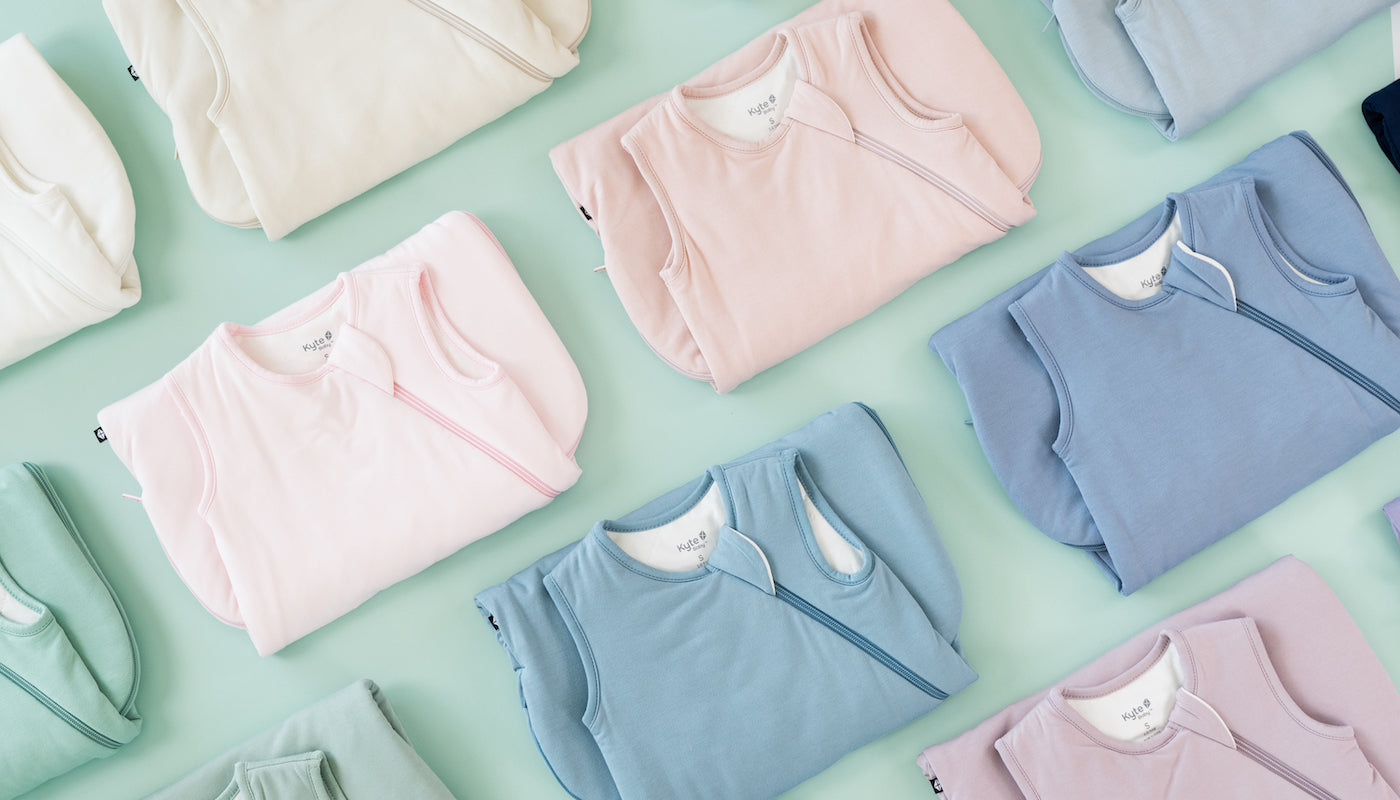

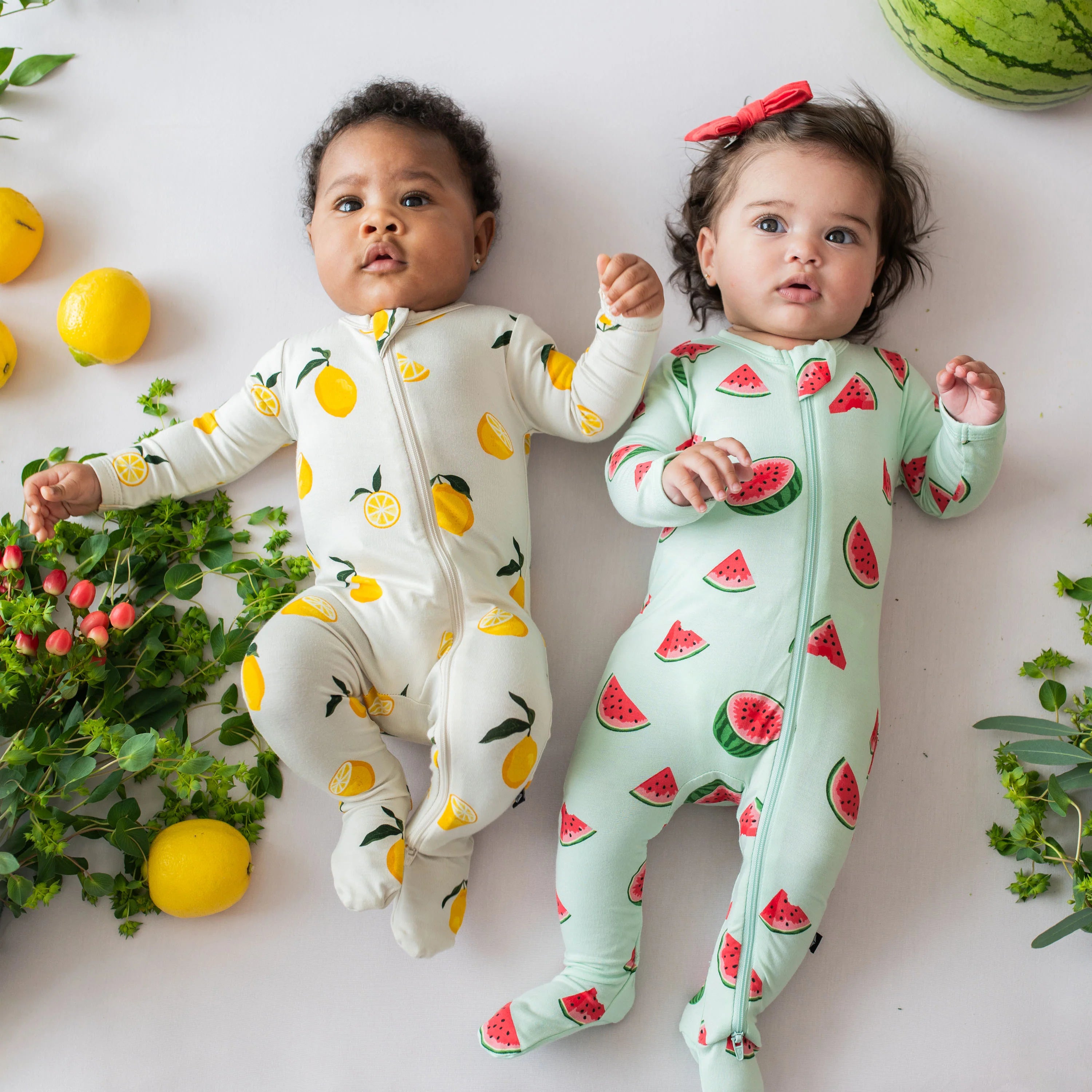





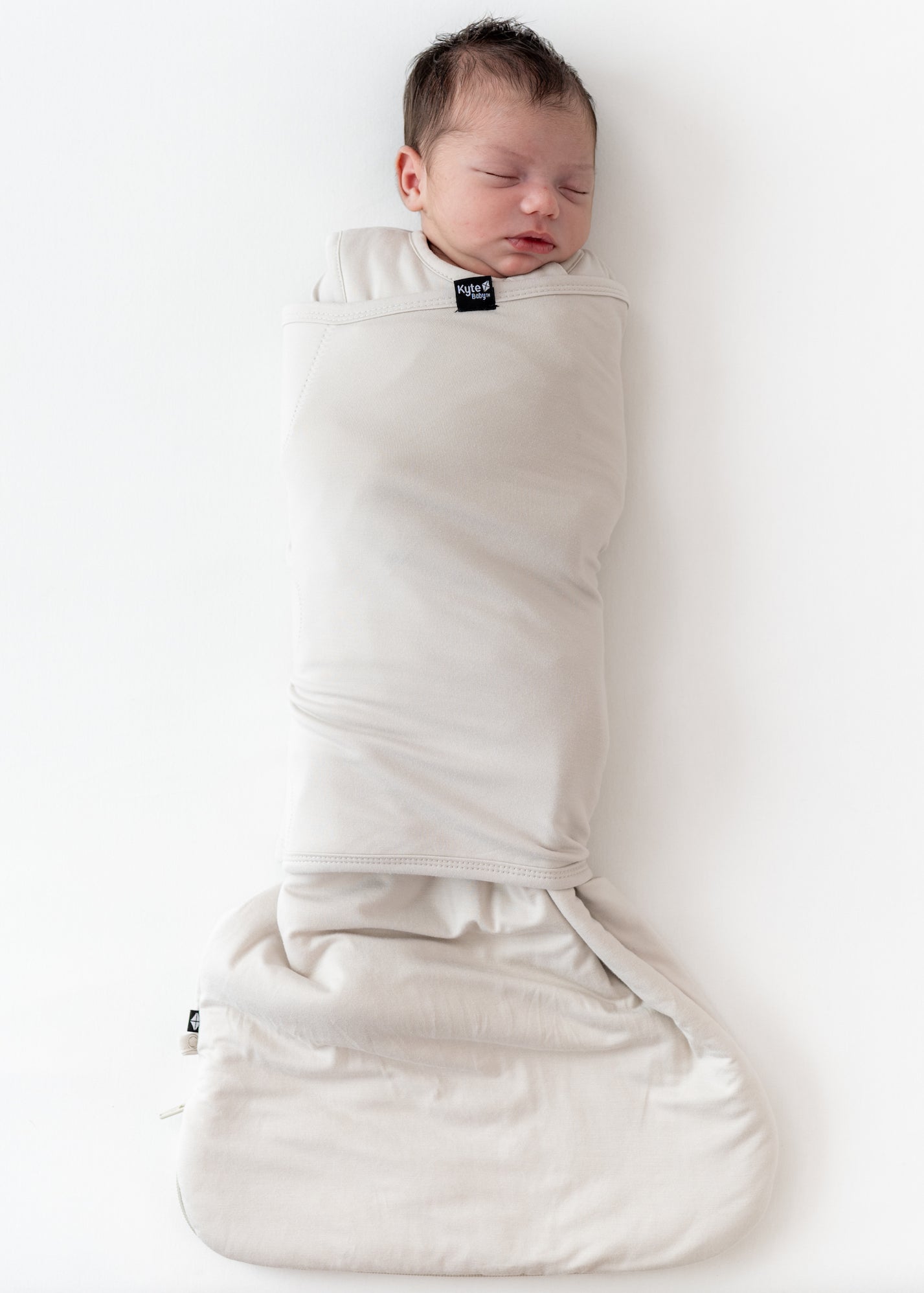
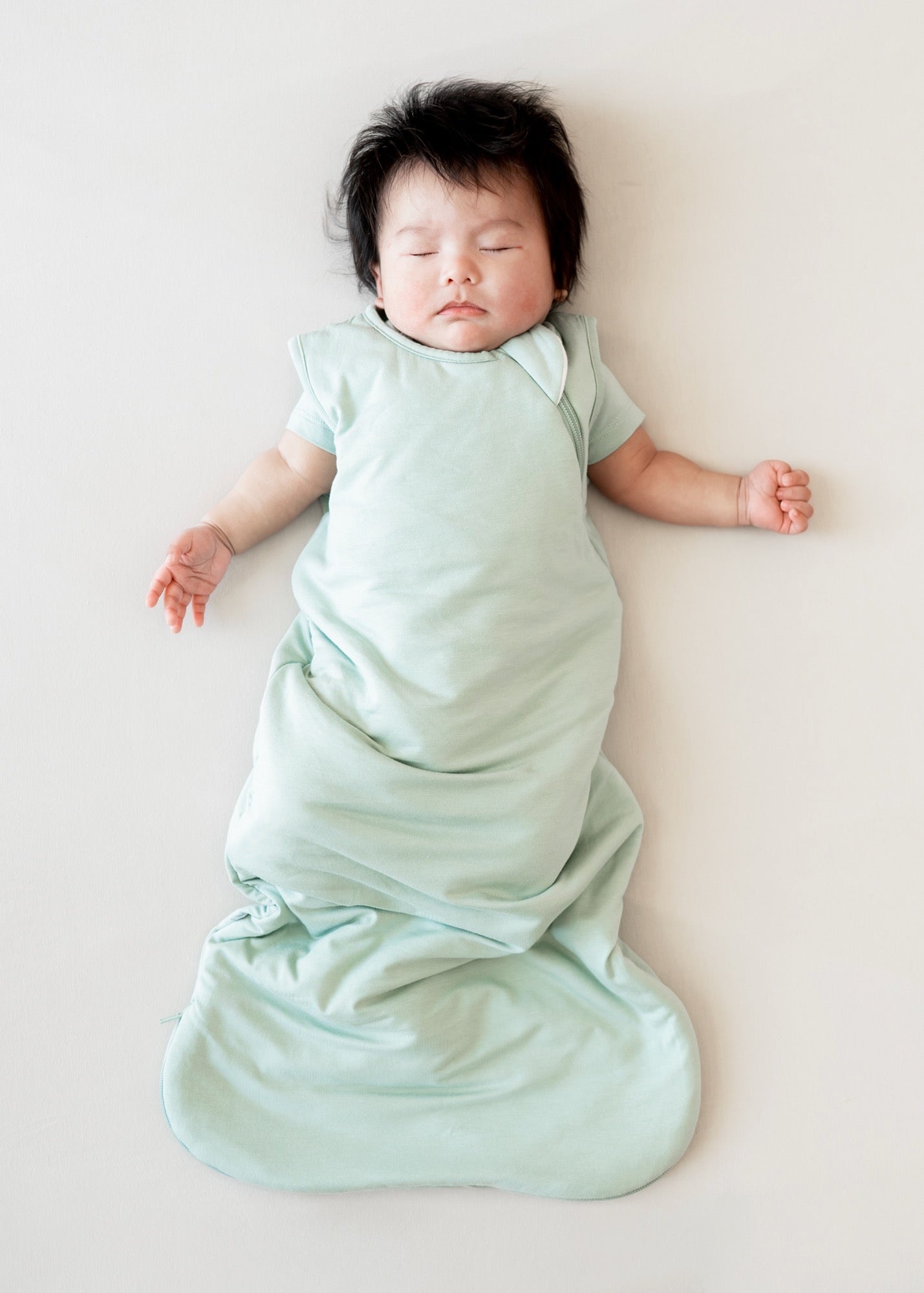
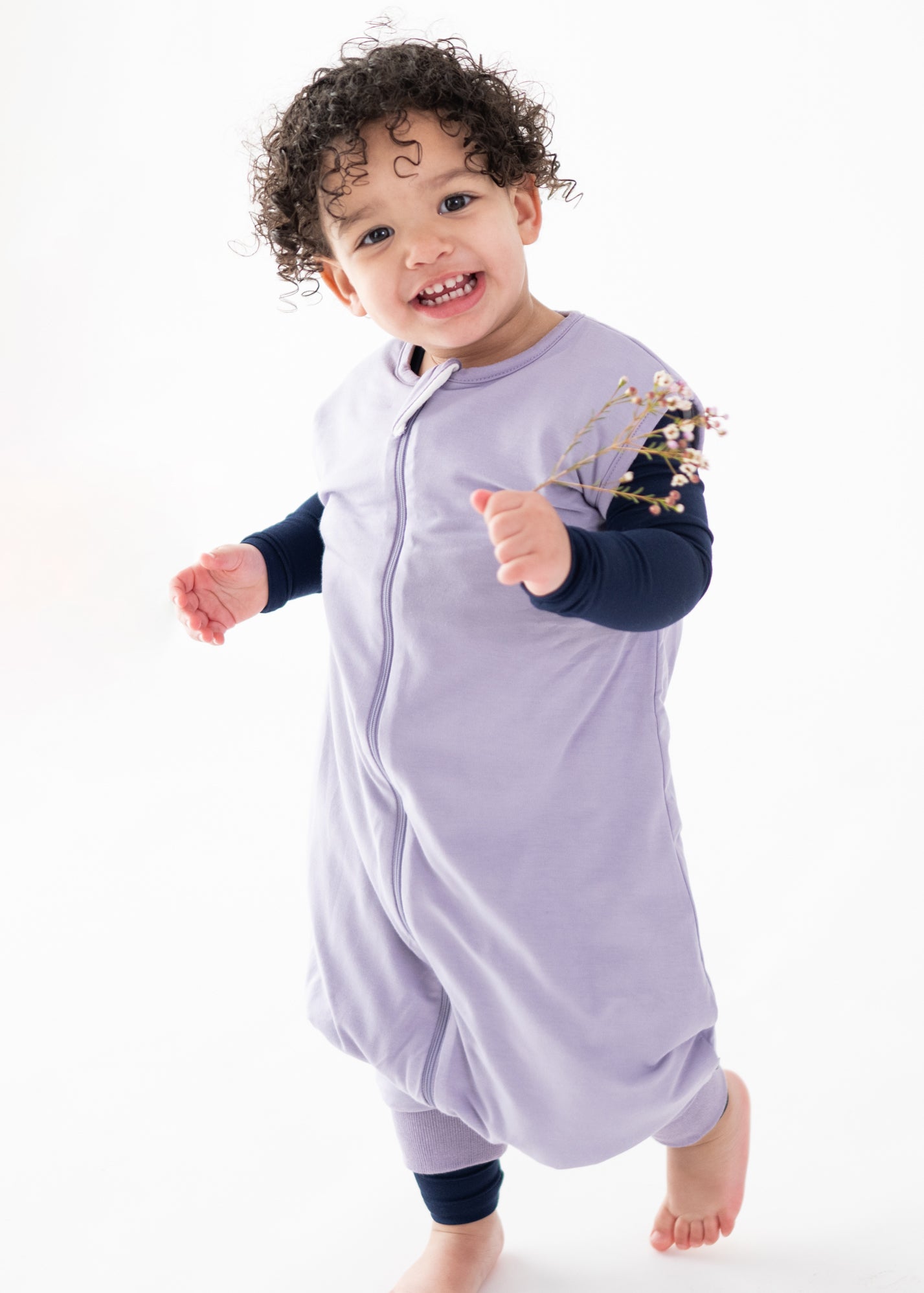
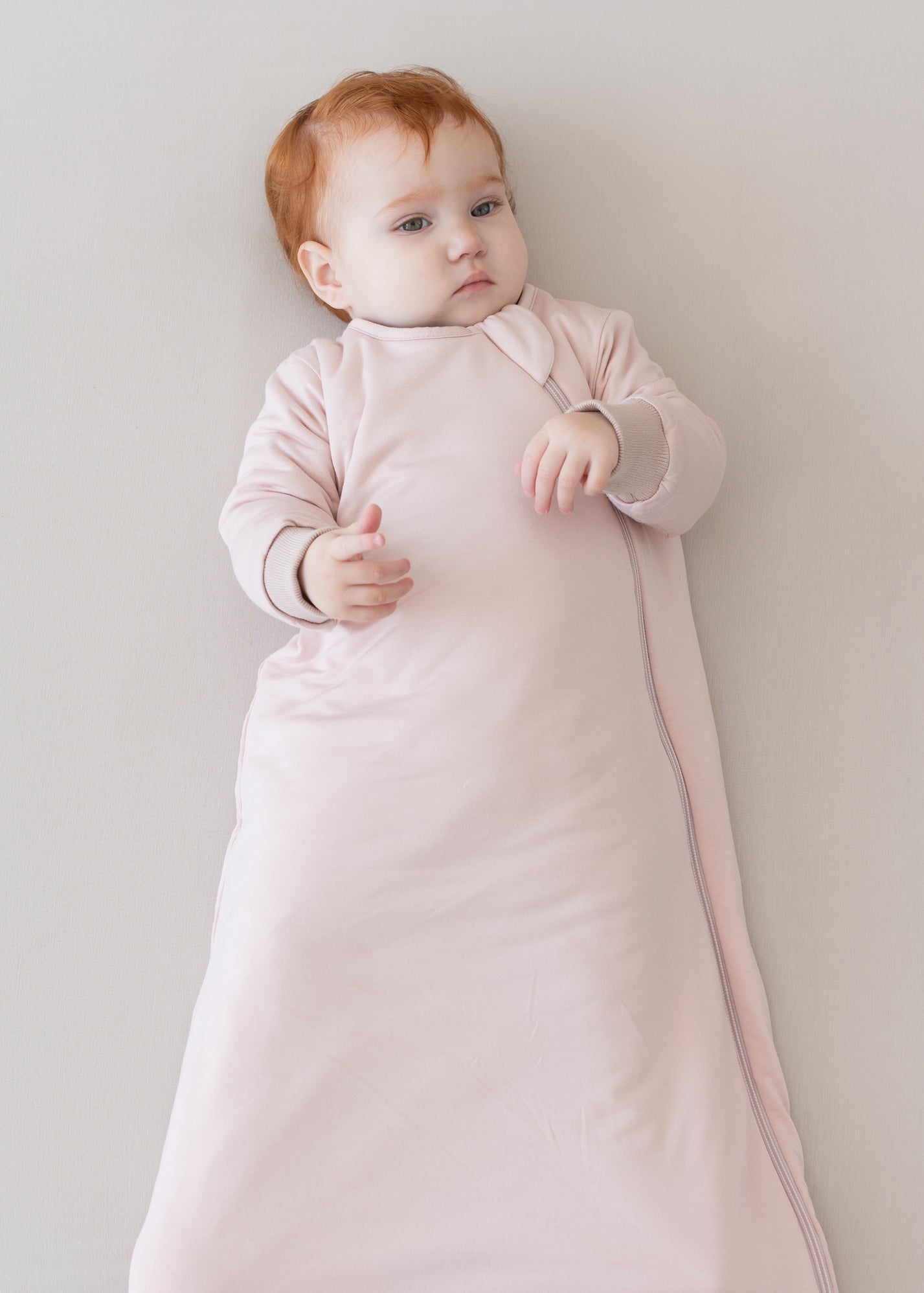

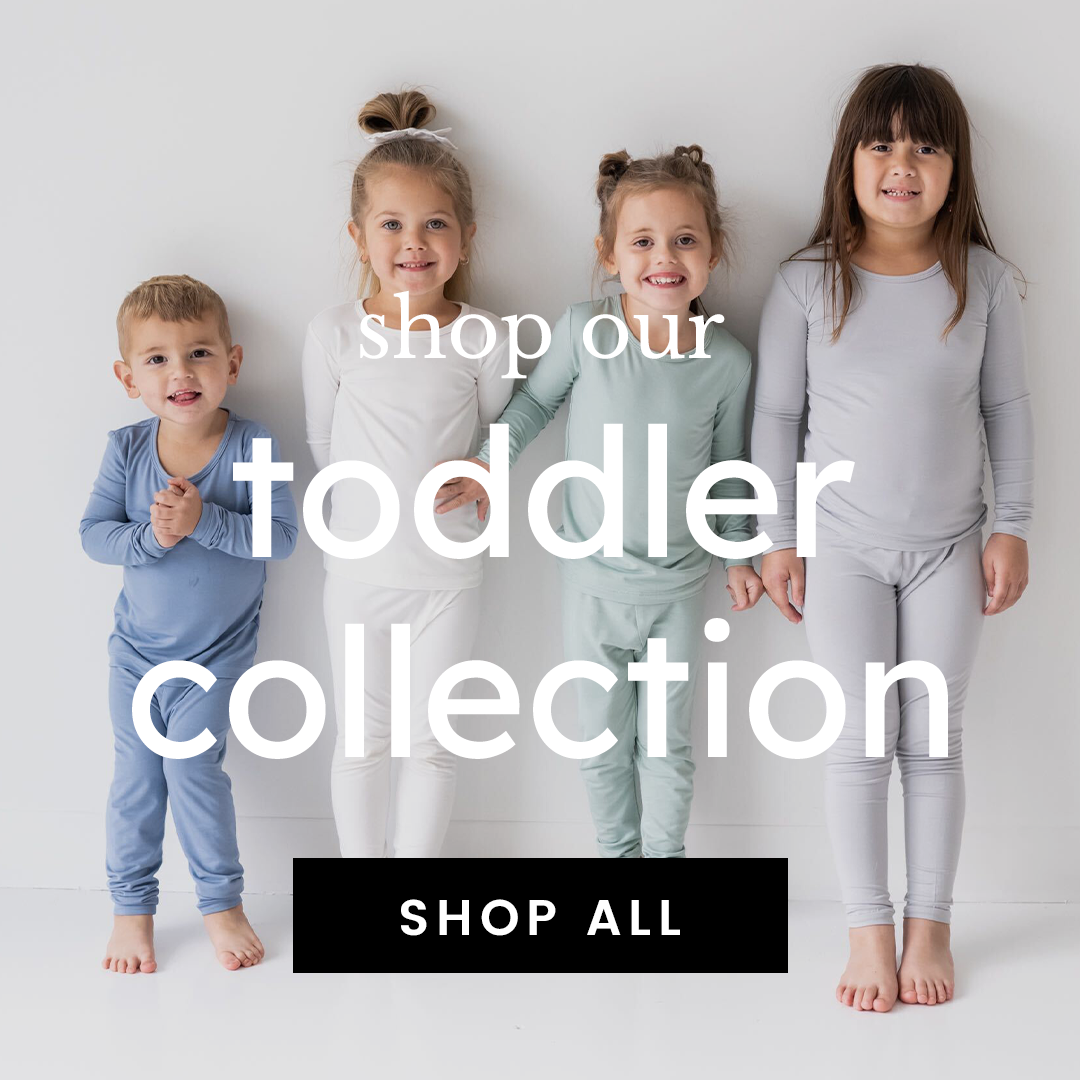


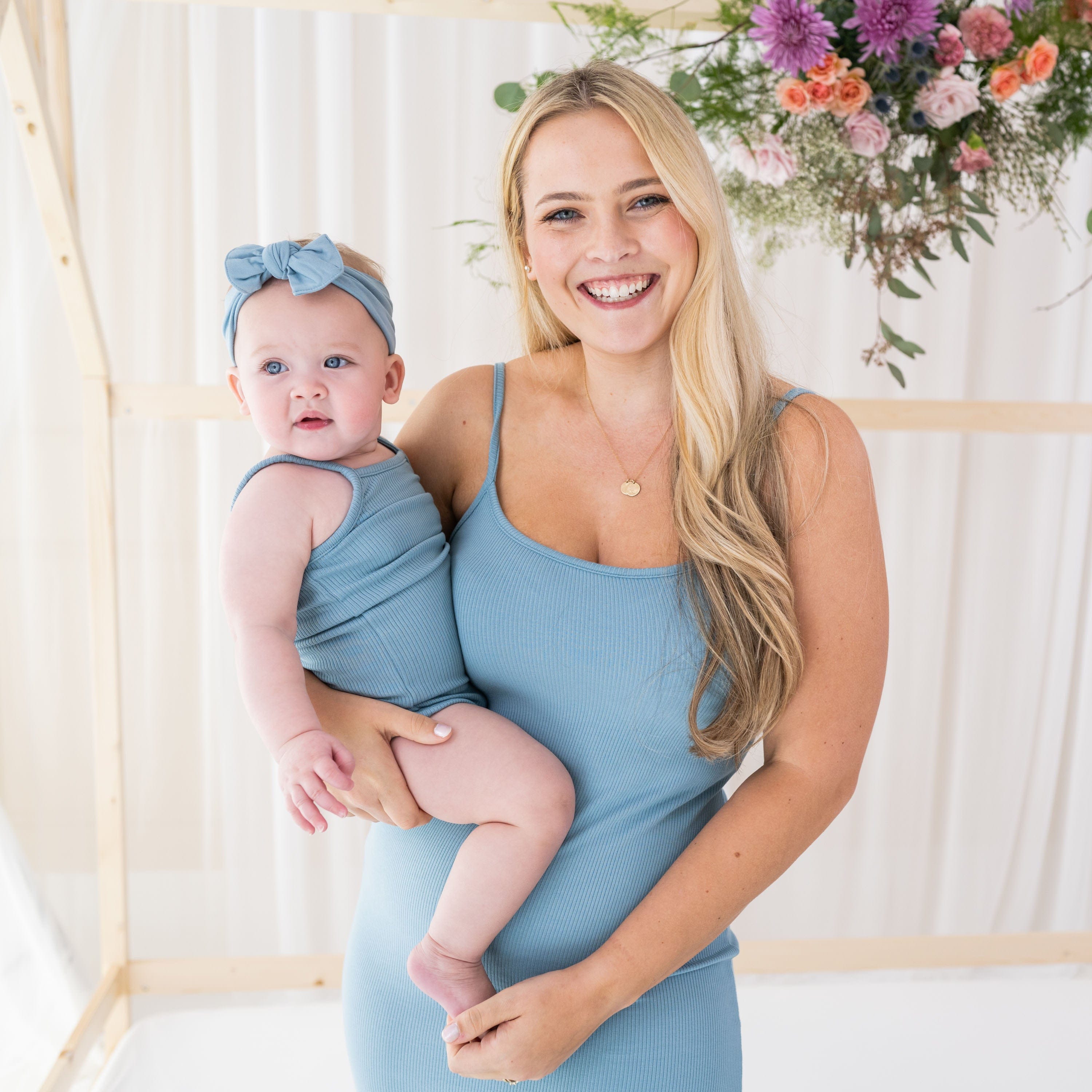
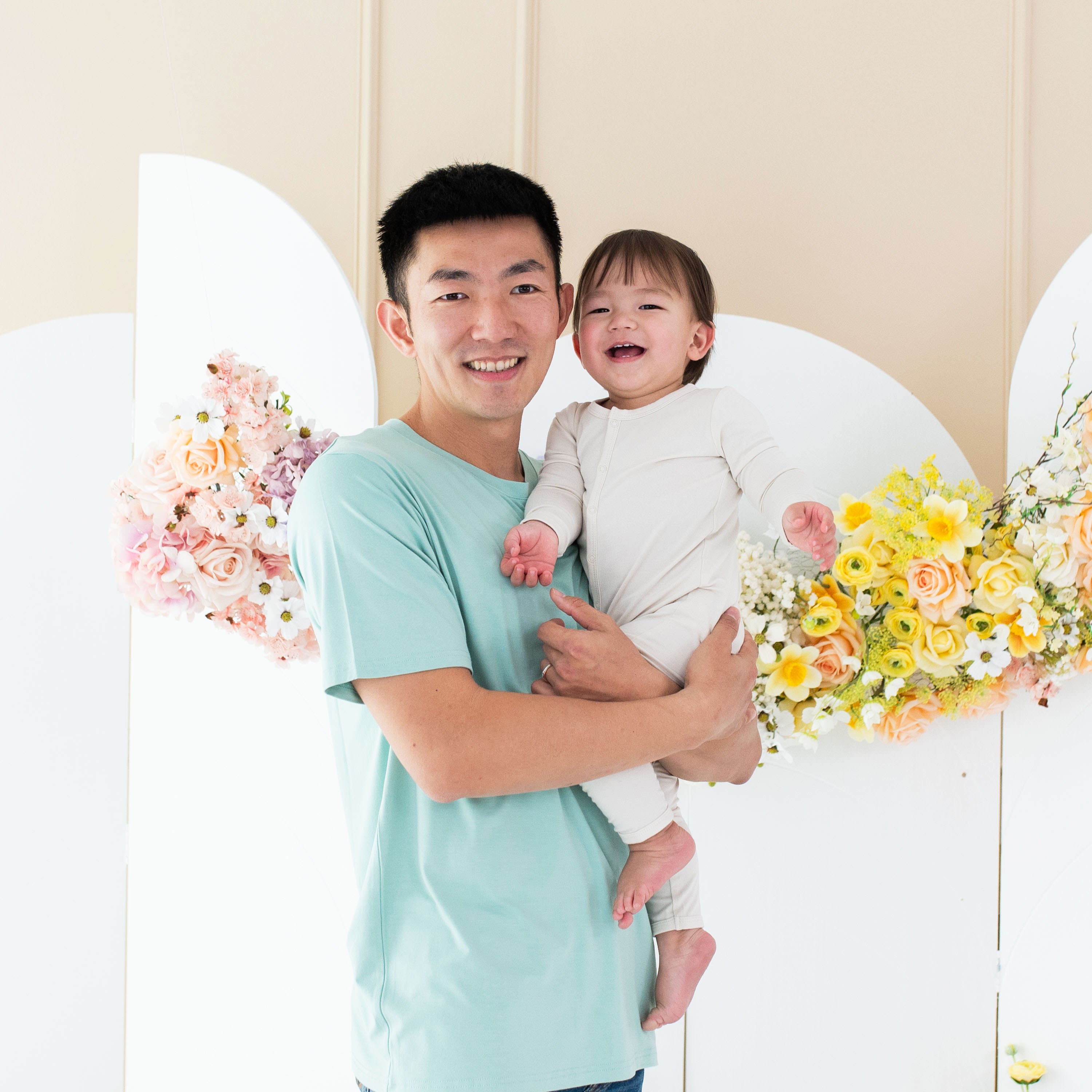

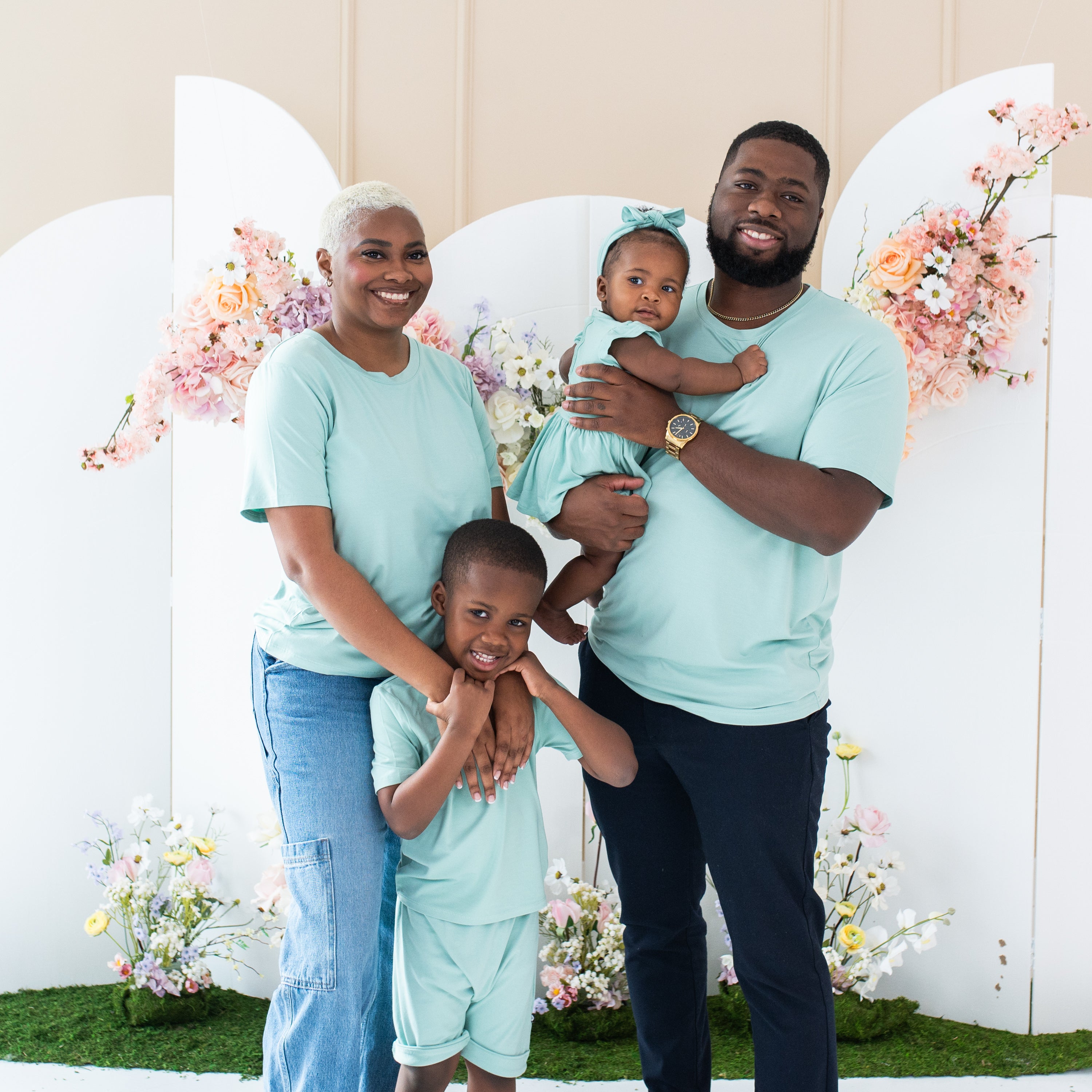

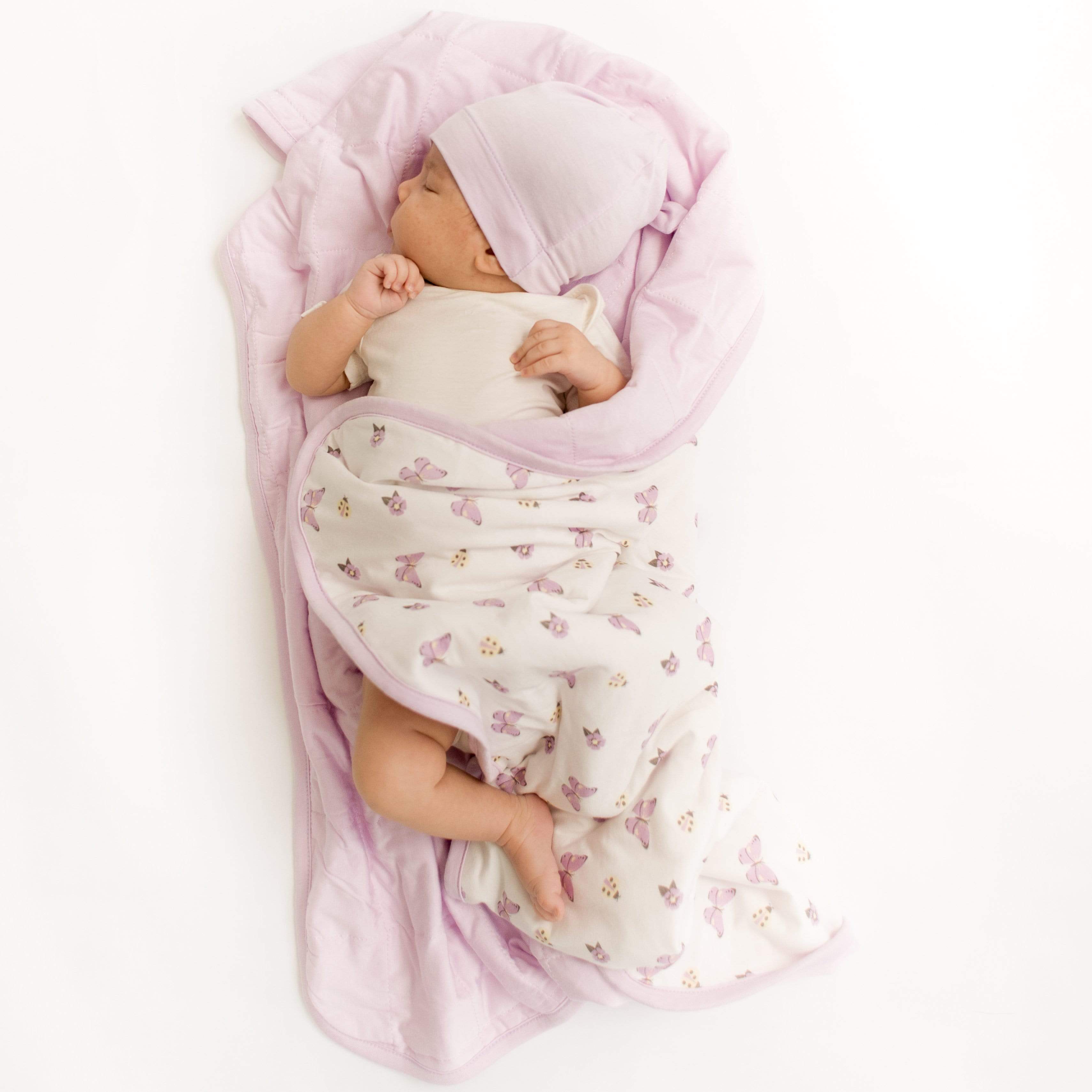

1 comment
Mia
Those sacks seems so cute I deffinitely want one! I’ve just read Susan Urbans How to teach a baby to fall asleep alone guide and I am going to follow her instructions. All of my friends says wre highly satisfied. And she’s saying about the wrapping but I’d like to use the sack as soon as possible. It looks much more convenint for chaning diapers and all…
Those sacks seems so cute I deffinitely want one! I’ve just read Susan Urbans How to teach a baby to fall asleep alone guide and I am going to follow her instructions. All of my friends says wre highly satisfied. And she’s saying about the wrapping but I’d like to use the sack as soon as possible. It looks much more convenint for chaning diapers and all…